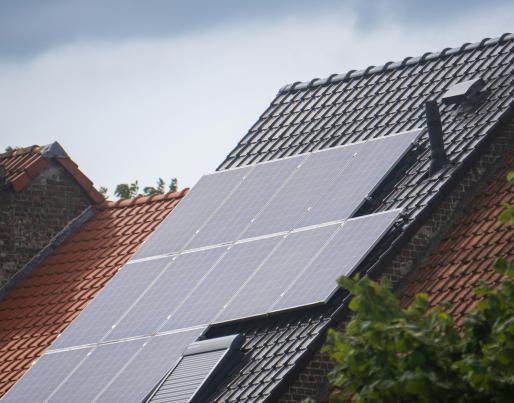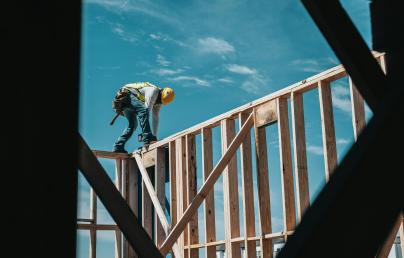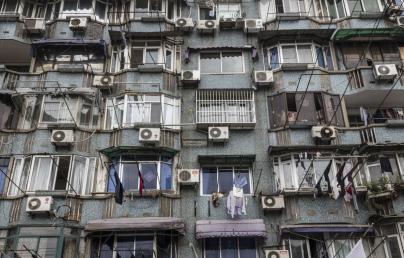
Zero-energy buildings: the critical role of advanced PV technology

Zero-energy buildings: the critical role of advanced PV technology
This analysis on zero-energy buildings (ZEBs) highlights the critical role of advanced photovoltaic technologies and cooling techniques, revealing that while most designs achieved ZEB status, buildings in Munich and Stockholm required additional building-integrated photovoltaics (BIPVs), with externally finned PVs demonstrating the highest efficiency in warmer climates.
The development of zero-energy buildings (ZEBs) is essential for sustainable urban design, with photovoltaics (PVs) playing a crucial role.
This analysis focused on advanced PV technologies with integrated cooling techniques, including radiative PV cells, externally finned PVs, and phase-change materials (PCMs).
Evaluations were conducted for two building types: B1, a five-story building, and B2, a two-story building, in Athens, Barcelona, Munich, and Stockholm. Most cases achieved ZEB status using roof PVs, but B1 buildings in Munich and Stockholm required additional building-integrated photovoltaics (BIPVs).
A significant electricity surplus was noted in warmer locations, with externally finned PVs proving most effective, followed by radiative cooling, while PCMs were beneficial only in hot climates.
applsci-14-08950.pdf
English (5.73 MB - PDF)
